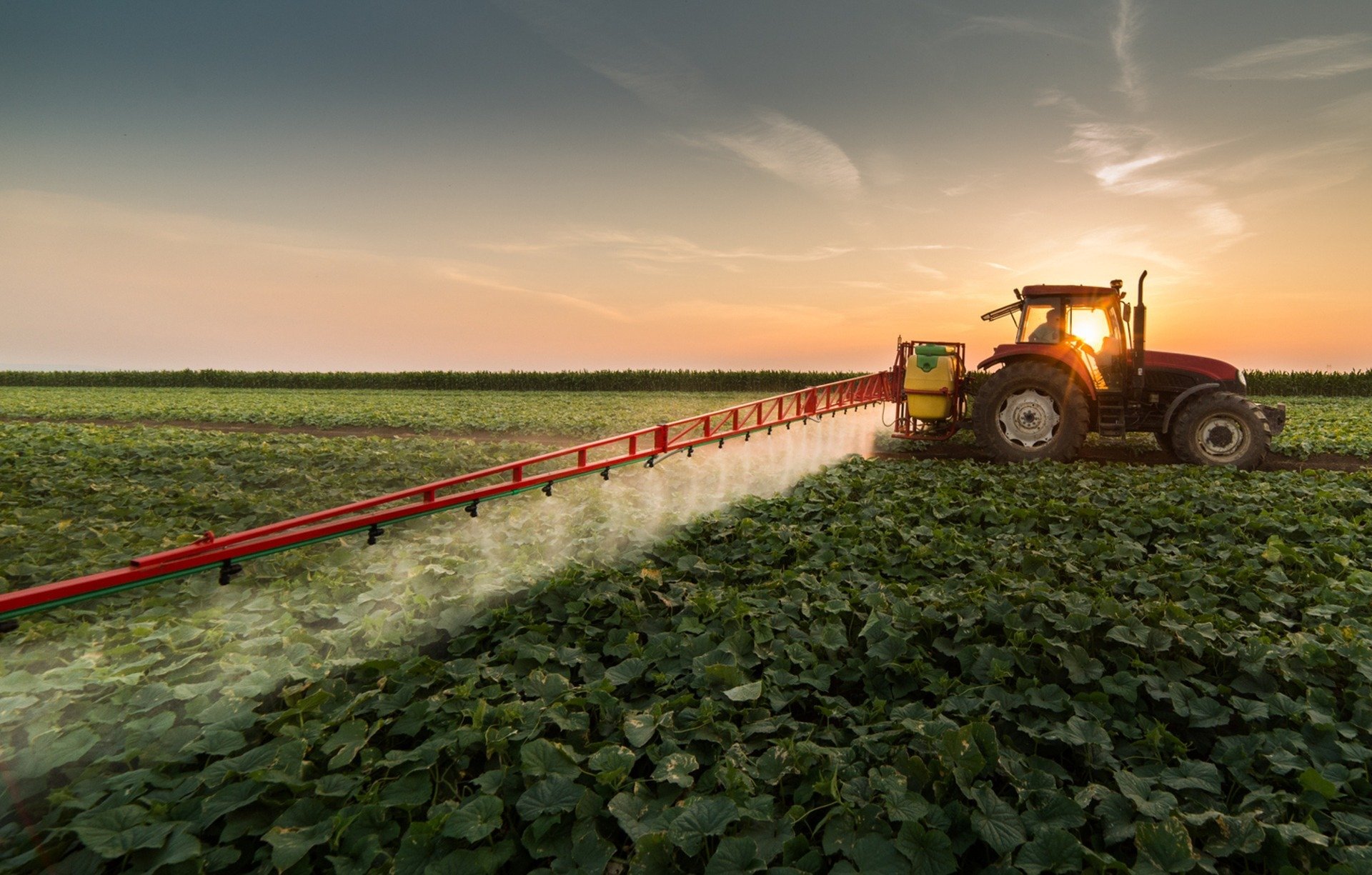- This topic is empty.
- AuthorPosts
- Febuari 6, 2025 at 10:47 mu #554668

Industrial agriculture, characterized by large-scale monoculture farming, heavy use of chemical inputs, and mechanization, has transformed food production globally. While it has significantly increased food output, it has also led to numerous environmental challenges.
This article explores the various environmental impacts of industrial agriculture, focusing on soil degradation, water pollution, loss of biodiversity, greenhouse gas emissions, and deforestation.
1. Soil Degradation and Erosion
Industrial agriculture often relies on monoculture cropping, where a single crop is planted over large areas year after year.
This practice depletes specific nutrients from the soil, leading to reduced fertility. Additionally, the extensive use of chemical fertilizers and pesticides can disrupt soil microbial communities, further compromising soil health.
The lack of crop rotation and cover cropping increases the risk of soil erosion, as the protective cover of plants is minimal, leaving soil vulnerable to wind and water erosion. Over time, these practices result in the loss of topsoil, which is essential for healthy crop growth.
2. Water Pollution and Scarcity
The intensive use of chemical fertilizers and pesticides in industrial agriculture contributes to water pollution.
Runoff from fields carries these chemicals into nearby water bodies, leading to eutrophication—a process where water bodies become overly enriched with nutrients, causing excessive growth of algae and depletion of oxygen. This results in dead zones where aquatic life cannot survive.
Moreover, the high water consumption required for large-scale irrigation can deplete local water resources, affecting both human populations and ecosystems.
3. Loss of Biodiversity
Industrial agriculture’s focus on monoculture crops reduces genetic diversity, making crops more susceptible to pests and diseases. The widespread use of chemical pesticides and herbicides further harms non-target species, including beneficial insects, birds, and other wildlife.
This loss of biodiversity disrupts ecosystems, affecting pollination, pest control, and other ecological services essential for sustainable agriculture.
4. Greenhouse Gas Emissions
Industrial agriculture is a significant contributor to greenhouse gas emissions. Livestock farming, particularly cattle, produces methane—a potent greenhouse gas—through enteric fermentation. The use of synthetic fertilizers releases nitrous oxide, another potent greenhouse gas.
Additionally, the energy-intensive nature of industrial farming, including the use of fossil fuels for machinery and transportation, adds to its carbon footprint. These emissions contribute to global warming and climate change.
5. Deforestation and Habitat Destruction
To make way for large-scale agricultural operations, forests are often cleared, leading to deforestation. This not only contributes to carbon emissions but also destroys habitats for countless species, leading to loss of biodiversity.
The conversion of forests into agricultural land disrupts ecosystems and the services they provide, such as carbon sequestration, water regulation, and soil fertility.
In conclusion, while industrial agriculture has played a crucial role in feeding the world’s population, it has also led to significant environmental challenges. Soil degradation, water pollution, loss of biodiversity, greenhouse gas emissions, and deforestation are among the critical issues associated with industrial farming practices.
Addressing these environmental impacts requires a shift towards more sustainable agricultural practices that prioritize ecological balance, resource conservation, and long-term environmental health.
Read Also: What Are The 3 parts Of Environmental Management?
- AuthorPosts
- You must be logged in to reply to this topic.





